Concerns Emerge Ahead of Monaco Grand Prix Over New Two-Stop Rule
With the Monaco Grand Prix just around the corner, Formula 1 finds itself navigating fresh uncertainties as the FIA’s new mandatory two-stop rule sparks debate among team bosses. Intended to inject excitement into what has often been a procession-heavy race, the regulation has drawn both cautious optimism and early concerns, especially given the unique challenges Monaco presents.
Announced earlier this year, the Monaco GP two-stop rule mandates that all drivers complete at least two pit stops and use a minimum of two different dry tyre compounds during the race. The decision follows a lacklustre 2024 Monaco Grand Prix, in which the top 10 drivers finished in the exact order they qualified—a recurring problem due to the track’s narrow layout and limited overtaking opportunities.
The FIA’s move is seen as a bold effort to shake up the traditional Monaco script. But as preparations intensify, team principals are sounding notes of caution.
Speaking during the Emilia Romagna Grand Prix weekend, McLaren team principal Andrea Stella acknowledged the added strategic complexity of the rule. “We’re approaching Monaco in the same way as always, but now with more constraints,” Andrea Stella said. “It requires adjustments in our planning.”
Andrea Stella welcomed the Monaco GP two-stop rule experimental approach, calling the regulation change “interesting,” particularly after last year’s uneventful race. However, he pointed to a major wildcard: weather. “In dry conditions, it’s just interesting,” he said. “In wet, it could create situations that may be a little awkward.”
Forecasts suggest the possibility of rain during the race weekend, a factor that could significantly complicate tyre strategies and compliance with the new regulation.
Ferrari team principal Fred Vasseur, who enjoyed success at last year’s event with Charles Leclerc’s long-awaited home win, also voiced concerns. While supportive of innovation, Fred Vasseur warned about logistical challenges, especially in the event of an early safety car deployment.
“That strategy in Monaco is very difficult because it’s also driven by the safety car,” he explained. “If you have an early one, I think everybody will jump into the pit lane, and the pit lane is very narrow. It can be an issue.”
View this post on Instagram
Indeed, Monaco’s famously cramped pit lane is already a tight squeeze under normal race conditions. A full-field pit stop in response to a safety car could lead to traffic jams, unsafe releases, or even collisions, adding a new layer of risk to an already unpredictable event.
Despite these reservations, both Stella and Vasseur commended Formula 1 and the FIA for their willingness to experiment. “Let’s do Monaco like this,” Fred Vasseur said. “We were clever enough to try something new, and we’ll see afterwards what can be improved.”
As anticipation builds for what is arguably the sport’s most glamorous weekend, all eyes will be on how teams adapt to the two-stop strategy — and whether this bold change brings the drama fans have long craved on the streets of Monte Carlo.



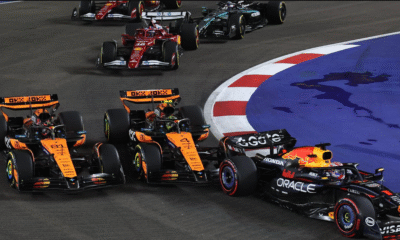
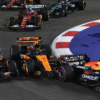


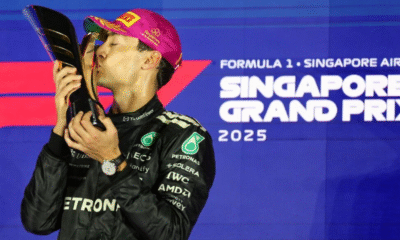
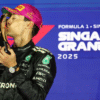

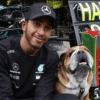







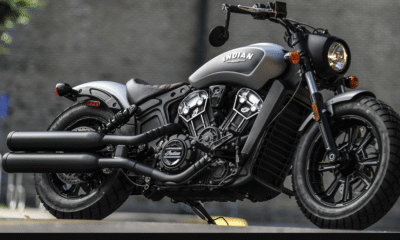

















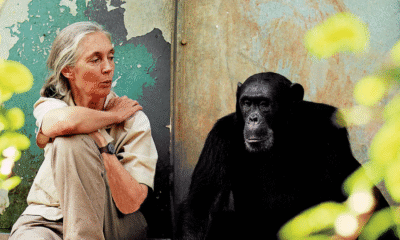





Pingback: Verstappen, Russell on F1’s Monaco Grand Prix Pit Stop Gimmick